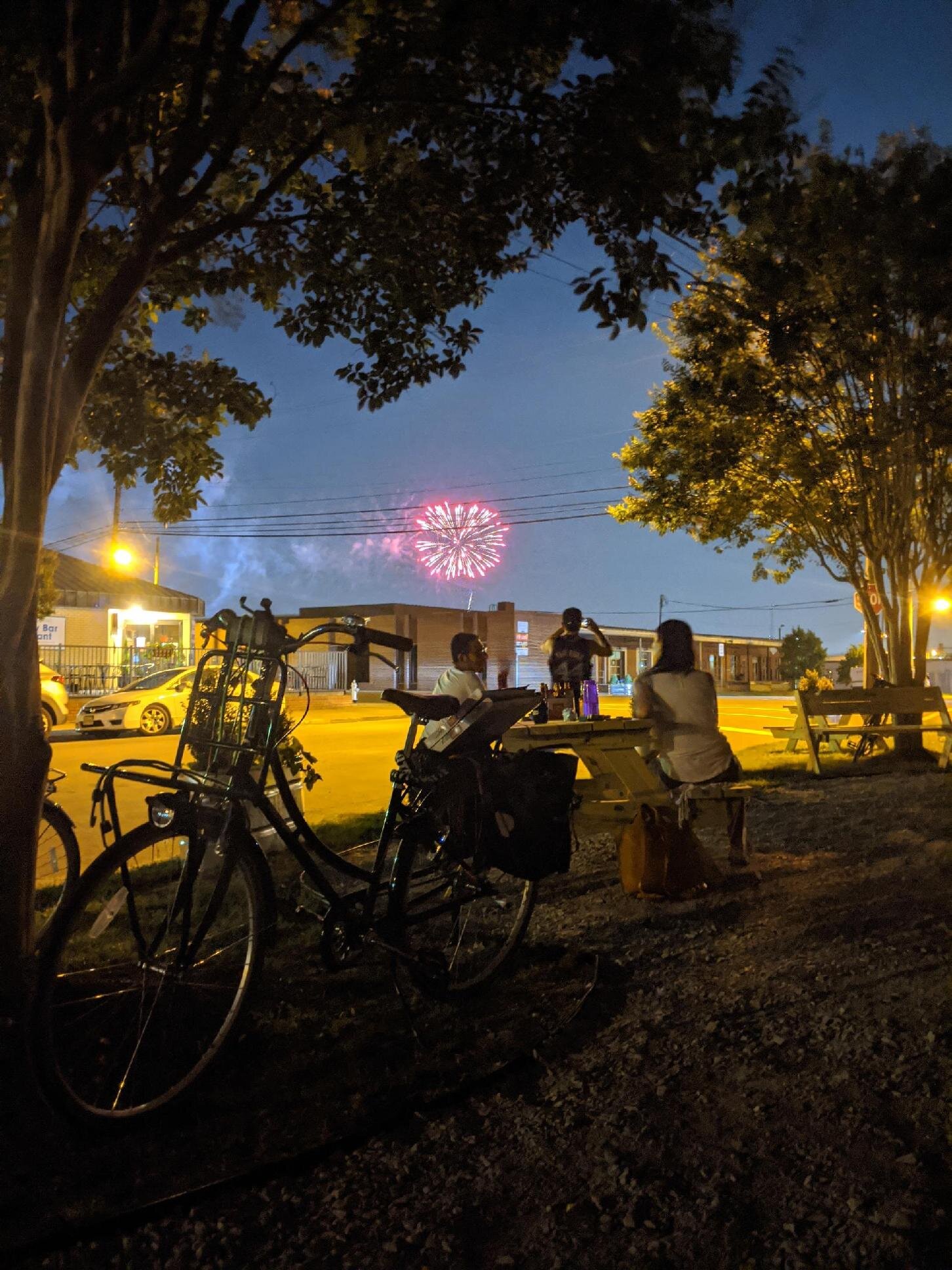In some Richmond neighborhoods, extreme heat waves are even hotter.
(Parking lots, roads, and buildings warm up more than SHADED AREAS within and the NATURAL landscapes surrounding the city)
This is known as the urban heat island effect.
We measured Richmond's urban heat island effect (READ THE PAPER ABOUT IT HERE) on July 13th, 2017.
I summarized what we found in numerous articles, including in Richmond Family Magazine, Experimental Musings, Greater Greater Washington.
Download the data you see below HERE.
Urban heat impacts certain neighborhoods more intensely in Richmond.
(Combining the PERCENTAGE of tree canopy, paved areas, poverty, and the heat island intensity within RICHMOND CENSUS BLOCKS we can estimate VULNERABILITY to heat waves)
These high heat vulnerability areas overlap with historical maps of “redlining.”
(“REDLINING” WAS a housing policy in the 1930s-1940s that denied mostly Black and Brown communities access to home financing and generational wealth.]
Use the StoryMap below from Groundwork RVA to explore:
This work was recently covered by the New York Times.
The urban heat island effect worsens climate change warming in Richmond.
(Richmond has been warming up 2x faster than the rural city of Farmville over the last 60 years)
Now, with our friends at GroundworkRVA, we're "Throwing Shade in RVA" to help our city build resilience to extreme heat.
Our first pilot 6-week program took place in February-March 2018, and we think it was a success.
We saw significant change in our participants.
In pre/post evaluations, students rated their self confidence in knowing what the urban heat island effect is and how we might ameliorate it on a scale from 1 to 10.
This graph shows that, on average, participants' confidence rose by >5 points, or >50%, throughout the Throwing Shade in RVA program.
Produced using estimationstats
So what is Throwing Shade in RVA?
Hands-on science
GroundworkRVA Green Team students explore the drivers of urban heat islands (paved, dark surfaces) and their solutions (green infrastructure like native plants) using infrared cameras and thermometers.
Community engagement
This project started as a citizen science experience. Now, we're working with new community partners to expand the citizen engagement with bike infrastructure and community centers.
Building resilience
Green Team members design solutions to urban heat that are low-cost and high-impact.
(Contact us if you're looking to collaborate on a future throwing shade project).
Our “THrowing shade” project was recently featured on yale’s Climate connections series:
https://www.yaleclimateconnections.org/2019/02/richmond-teens-design-shade-projects/










